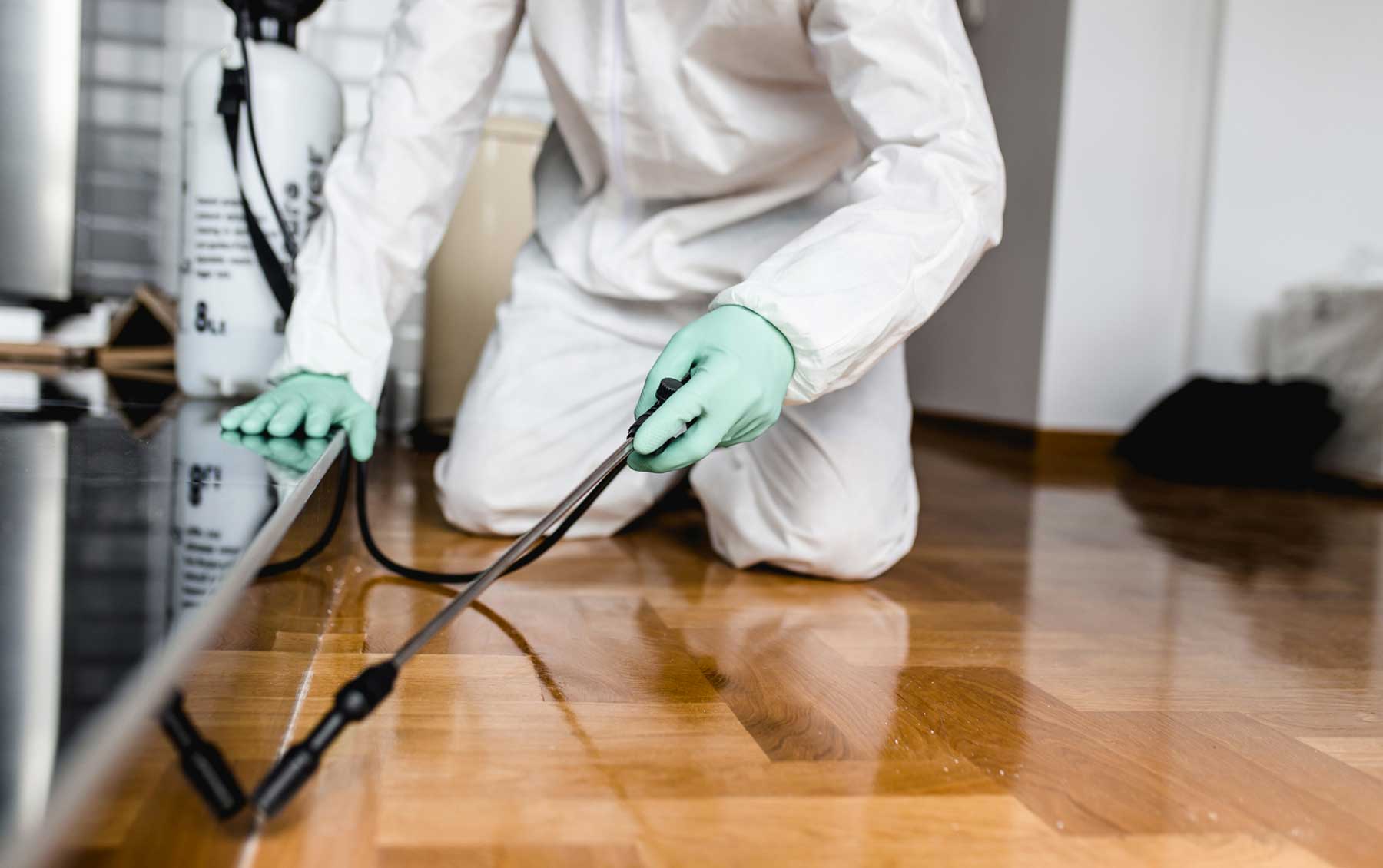Exterminator DC: Your Solution for Pest-Free Residing In Washington DC!
Wiki Article
Specialist Parasite Control Techniques for Long-Term Outcomes
In the realm of parasite control, achieving continual efficacy and lasting outcomes requires a thorough method that transcends simple extermination. Professional pest control techniques envelop an extensive technique that begins with an extensive examination and evaluation, adhered to by precise pest recognition to recognize their habits patterns. The application of Integrated Parasite Administration (IPM) concepts, coupled with eco-conscious treatments, creates the keystone of lasting bug elimination. The real test lies in the continuous monitoring and upkeep of the treated areas, making certain a pest-free setting for the foreseeable future. By diving right into the complexities of these strategies, a much deeper understanding of specialist bug control approaches for withstanding results arises.Inspection and Analysis
Upon entering a property for bug control services, the initial action is an extensive examination and evaluation to recognize the extent of the infestation and establish the most efficient therapy plan. Specialist insect control service technicians are educated to carefully check out the premises, looking for signs of pest task such as droppings, munch marks, nests, or any kind of structural damage. They will certainly additionally assess the conditions that might be bring in insects, such as food sources, water leaks, or access factors.
Parasite Identification and Actions

Additionally, comprehending the habits of the recognized insect is crucial to implementing efficient control steps. Recognizing where insects nest, what they feed on, and their activity patterns can aid pest control experts create methods to eradicate them efficiently.
Integrated Insect Monitoring (IPM)
Integrated Insect Administration (IPM) techniques combine multiple methods to control and prevent bug invasions in a lasting and ecologically pleasant way. bed bug heat treatment. By integrating approaches such as organic control, environment adjustment, modification of cultural methods, and making use of immune ranges, IPM aims to decrease the use of chemical pesticidesOne of the read what he said crucial principles of IPM is the focus on avoidance. This aggressive strategy involves tracking insect populations consistently to spot any potential problems before they intensify. By determining insect problems at an early stage, pest control measures can be executed swiftly and successfully.
Additionally, IPM advertises using non-toxic insect control approaches whenever possible. This can consist of using all-natural predators of the bugs, presenting advantageous pests, or making use of scents to interrupt breeding patterns. By reducing dependence on chemical pesticides, IPM not just protects the atmosphere but also helps preserve a balance in the ecosystem.
Environmentally-Friendly Therapies
Implementing eco-conscious approaches in bug control treatments can properly resolve infestations while focusing on ecological sustainability. Environmentally-friendly therapies concentrate on reducing the influence of pest control methods on communities, non-target organisms, and human wellness. These methods typically entail the use of natural killers, such as ladybugs or nematodes, to control pest populaces, reducing the requirement for chemical treatments. Furthermore, techniques like environment adjustment, such as readjusting wetness degrees or eliminating food sources, can aid deter bugs without making use of dangerous compounds.One more key element of environmentally-friendly treatments is making use of organic and biodegradable products that break down promptly without leaving unsafe residues in the atmosphere. Botanical pesticides stemmed from plants like chrysanthemums or neem offer effective bug control while posturing very little danger to non-target types. Employing techniques like warm therapies or pheromone traps can target specific bugs with precision, reducing the general ecological effect of bug control practices.
Ongoing Monitoring and Upkeep
Continual security and upkeep are essential u pest control elements of effective insect control management. Recurring tracking plays an essential function in making certain that insect infestations are spotted early and taken care of immediately. Routine inspections by qualified experts are needed to determine any indicators of insect task, examine the effectiveness of previous therapies, and make modifications to the parasite control plan as required. By keeping an eye on insect populaces over time, parasite control professionals can track patterns, anticipate prospective problems, and apply safety nets to reduce the best exterminating company danger of future infestations.
Along with surveillance, maintenance techniques are essential for long-lasting pest control success. This includes executing appropriate cleanliness procedures to eliminate potential food and water sources for bugs, securing off access indicate protect against pests from getting in the properties, and dealing with any architectural concerns that might promote parasite infestations (exterminator). By integrating ongoing surveillance and upkeep right into an incorporated parasite management technique, organizations can make certain a pest-free setting and safeguard their building against pricey damages and health and wellness dangers
Conclusion
To conclude, utilizing specialist insect control techniques such as complete examination and evaluation, accurate bug recognition and understanding of their habits, integrated insect monitoring methods, environmentally-friendly therapies, and continuous monitoring and upkeep are crucial for achieving long-lasting lead to pest control. By implementing these techniques, people can efficiently manage parasite infestations and maintain a pest-free environment in a sustainable fashion.Report this wiki page